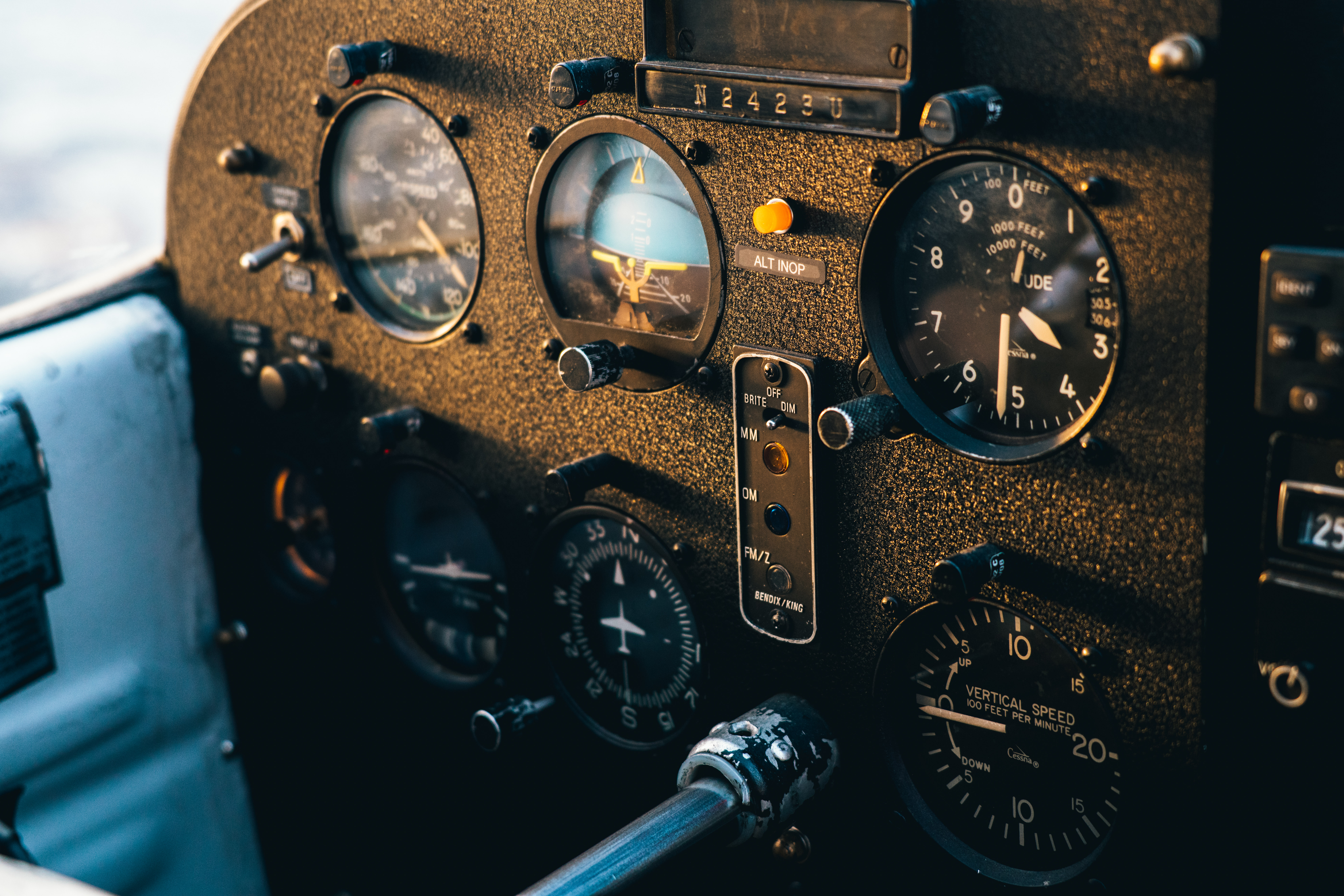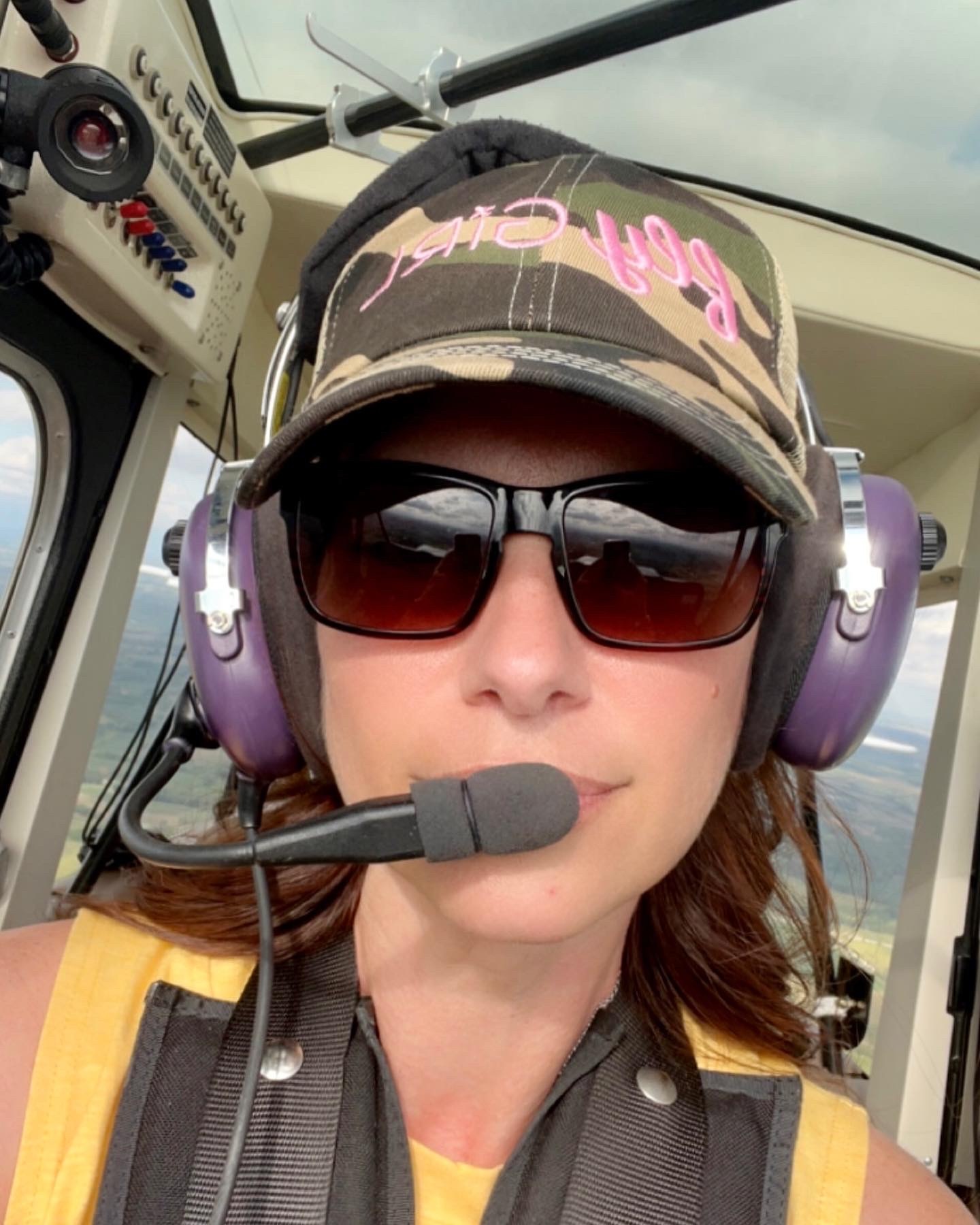
The BasicMed program is an alternative pathway to medical certification for pilots in the United States, introduced by the FAA in 2017. It provides a less burdensome and more accessible certification process compared to the traditional FAA medical certificates (such as Class 1, 2, or 3). With BasicMed, eligible pilots can fly without needing to hold an FAA medical certificate, provided they meet specific criteria and follow certain rules.
Part 68 of the Federal Aviation Regulations (FARs) covers BasicMed, including the privileges and limitations associated with it. Here is a summary of some of the privileges and limitations of BasicMed.
BasicMed Privileges
Aircraft Weight Limitations
Under BasicMed, pilots are permitted to fly aircraft with a maximum certificated takeoff weight of 6,000 pounds or less. This weight limit encompasses a wide range of general aviation aircraft, including many single and twin-engine piston airplanes, as well as some lighter turboprop and experimental aircraft.

Passenger Limitations
BasicMed allows pilots to carry up to five passengers. This means that the pilot and passengers combined cannot exceed six people on board the aircraft. This passenger limitation accommodates most small general aviation aircraft and typical flying scenarios for private pilots.
Altitude Limitations
Pilots operating under BasicMed can fly at altitudes up to 18,000 feet mean sea level (MSL). This altitude limitation covers most general aviation operations and is well above the typical cruising altitudes for many piston aircraft.

Flight Rules
BasicMed permits pilots to operate under Visual Flight Rules (VFR) and Instrument Flight Rules (IFR). This flexibility allows pilots to fly in various weather conditions and navigate through controlled airspace, provided they have the appropriate ratings and endorsements.
Airspeed Limitations
Aircraft flown under BasicMed are limited to a maximum indicated airspeed of 250 knots. This airspeed limitation is suitable for most general aviation aircraft and is not typically a restrictive factor for pilots.
BasicMed Limitations
Medical Education and Examination Requirements
To maintain BasicMed privileges, pilots must complete an online medical education course every two years and provide a valid completion certificate. This course covers topics such as aeromedical factors, medication use, and health considerations for pilots.
Additionally, pilots must undergo a physical examination by a state-licensed physician every four years and complete the Comprehensive Medical Examination Checklist. This examination assesses the pilot’s overall health and ability to safely operate an aircraft.
Prohibition of Compensation or Hire
Pilots operating under BasicMed cannot fly for compensation or hire. This limitation means that BasicMed pilots are restricted to non-commercial operations, such as personal travel or recreational flying. Pilots who wish to engage in commercial activities, such as flight instruction or charter operations, must obtain a traditional FAA medical certificate.
International Flight Restrictions
International flights may have additional restrictions or not accept BasicMed. Each country sets its own regulations regarding pilot medical certification, and some may not recognize BasicMed as a valid form of certification. Pilots should verify the requirements of the destination country before planning an international flight.
Medical Conditions and Medications
Certain medical conditions or medications may disqualify pilots from obtaining BasicMed certification. In these cases, pilots may need to pursue a traditional FAA medical certificate, which requires a more in-depth evaluation by an FAA-designated Aviation Medical Examiner (AME). Examples of disqualifying medical conditions include mental health disorders, neurological conditions, and certain cardiovascular issues.
Thankfully, getting your medical and getting into flying can be easy. Angle of Attack is committed to helping pilots get into the sky easier. We are always ready to help with any questions you have regarding BasicMed or anything else.

Karey grew up and obtained her in private pilot’s license in Central Iowa. She fell in love with tailwheel aircraft during her primary training and obtained a tailwheel endorsement the week following her private pilot checkride. She is eager to obtain her seaplane rating and is merging her passion for flying with her prior work career. Karey has a background in marketing, editing, and web design after graduating from Simpson College. When she is not flying or working, Karey enjoys anything related to technology and admits she can be a bit of a nerd. She also has discovered a love for virtually all outdoor pursuits, with a special fondness for climbing, shooting, and hiking.

Stay Connected
Be the very first to get notified when we publish new flying videos, free lessons, and special offers on our courses.





